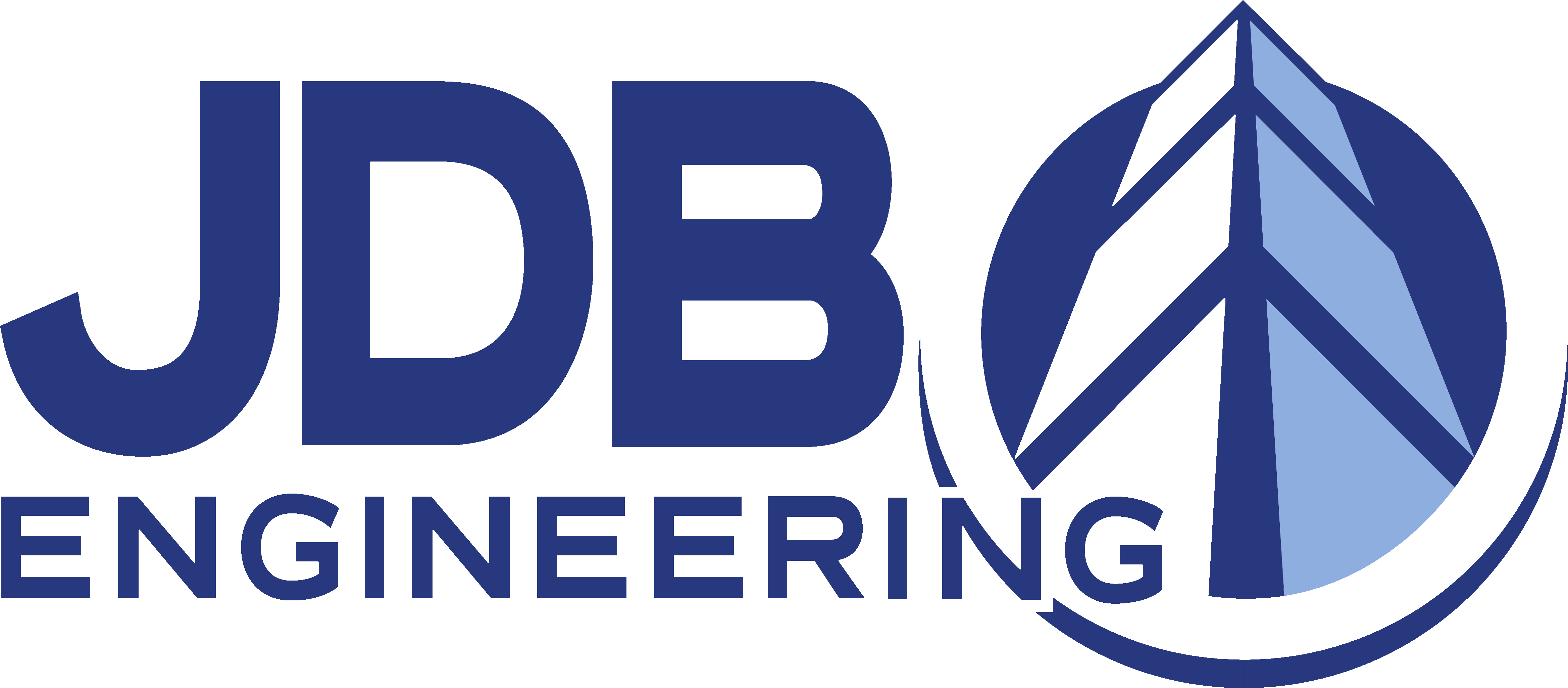
by Thomas E. Leary, Jr.
Safety is a major concern for food and beverage processing companies – not just the safety of the food, but also the personnel within a production facility as well as visitors. Safety committees, employee manuals, safety training, first aid kits, warning and danger signs, and more: all indicators of just how seriously firms take safety. These are done with a singular purpose in mind: keeping everyone safe. As engineers and designers, it is our responsibility to make our project designs as safe as possible by incorporating food safety and Good Manufacturing Practices (GMP) into our deliverables.
Product quality, food safety, and medicine safety are all related at the design level. The type of process equipment utilized will drive much of the safety decisions made during the design stage. A designer must consider material type, for instance. Aluminum is light and carbon steel is strong, but stainless steel is strong and corrosion-resistant. Initial costs and lifecycle performance may influence a design decision toward aluminum or carbon steel. However, when these surfaces come in contact with a product, or are placed in a hazardous location, stainless steel often makes the most sense because of its inherent cleanability to reduce contamination.
A designer must also consider the shape and orientation of finished surfaces. For instance, flat horizontal surfaces are best avoided to reduce the amount of dirt and dust collecting on the top, which enhances the cleanliness of the surface. If square tubular steel is incorporated into the project, it should be rotated so that the flat sides are on a 45-degree angle, again minimizing the flat surface areas for dirt and dust to collect.
Cleaning seems like a simple task for a building or plant; however, in many instances a cleaning process should be reviewed by an engineer, who could greatly impact the cleaning process. A purging system, for example, can be incorporated to clean out the inside of pipes, which is especially effective when switching the materials flowing through the pipes – enhancing quality while reducing any chance of cross-contamination.
Unfortunately, use of a purging system and cleaning equipment typically results in a halt in production. Here the designer can impact the process by designing a system that minimizes production downtime for necessary cleaning. Equipment must also be cleaned and purified, which can be accomplished by wiping it down or possibly hosing it off. When you understand this need in advance, you can design, build, and/or select the machinery that will best accommodate this need. Utilizing a clean in place (CIP) system, or equipment with easily removable belts, floor drains underneath, and located in an accessible area all add to the cleanability. Furthermore, water pressure and temperature for a given space must be designed to suit the cleaning process. Compressed air hoses or a vacuum system can be strategically located in key areas to expedite the process. Storage separation is another method of reducing the amount of required cleaning necessary, as this does not allow two products to come in contact with one-another.
Good Manufacturing Practices are utilized to make sure a work area is safe and that the products are consistently high quality. GMPs keep personnel safe, clean, and provide for an approach to keeping systems, equipment, and processes clean as well. Building design – and even building styling – are also influenced by GMPs. For example, something as simple as lighting must be considered to ensure that the selected fixtures and bulbs do not attract insects into a building. Grounds should be kept in a way to reduce the number of animals living in and around the building.
These approaches are important not just for keeping animals out, but also for keeping vandals away.
A food processing facility should be sanitized at a level and frequency that meets your specific needs and product requirements. There are many Good Manufacturing Practices that you should follow – and many that you are probably currently following, even if you don’t even realize it!
Beyond the fact that GMPs are simply “good practices,” another reason to follow them is to obtain certificates from the Global Food Safety Initiative (GFSI), which demonstrates your company’s commitment to producing a consistent, safe, high-quality product. Safe Quality Food, or SQF, is perhaps the best recognized standard for GFSI, and has three levels of certification. Furthermore, some retailers like Walmart are requiring their food suppliers to conform to these safety standards, and this will only increase.
Questions about food safety or Good Manufacturing Processes? Reach out to Jeffrey W. Pauley, PE at 717.434.1560 or email him. Visit JDB Industry’s page to learn more about our process and industrial-focused services.



Great share, very helpful article.